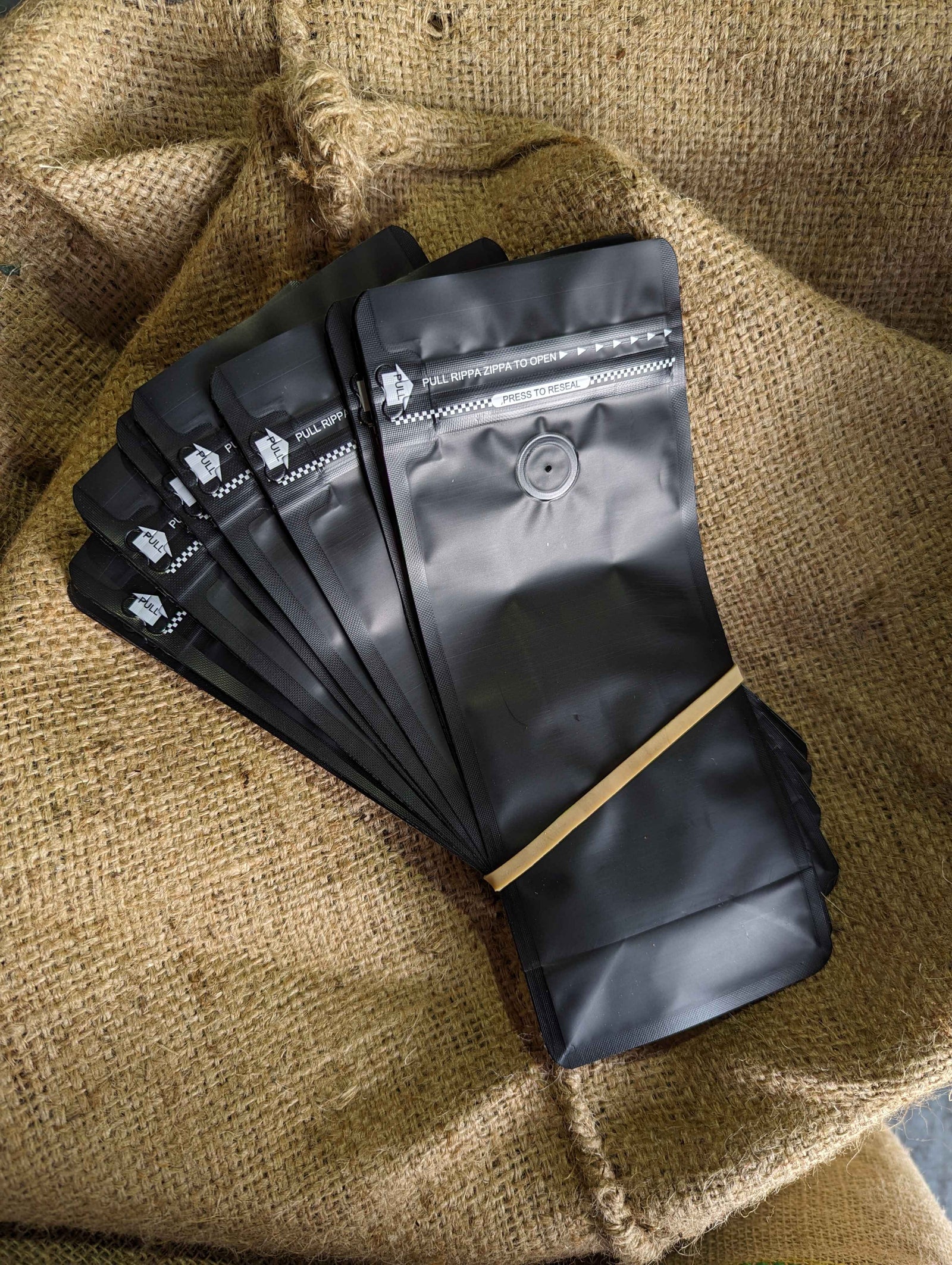Have you ever wondered how coffee is decaffeinated?
One of the most popular and ecologically friendly methods is the "Sugarcane Process".
Sugarcane decaf originates in Colombia, where it is still widely practiced today. Colombia is not just a powerhouse of amazing coffee bean producing regions, like the famous Huila and Caldas, but is also an innovator in the decaffeinated coffee scene.
Sugarcane processing starts by fermenting molasses, derived from sugar cane, to create ethanol. This alcohol is then mixed with acetic acid (vinegar) to create the compound ethyl acetate, or E.A. This compound is then used to extract the caffeine from the coffee beans.
Let's demystify what occurs along the journey to decaffeination, step by step:
-Coffee is delivered green from the farm, to the processing factory to be decaffeinated.
-It's steamed for 30 minutes before the decaffeination process starts. The steaming process is low-pressure, so the pores of the coffee can be opened, allowing for the extraction of the caffeine.
-Once the coffee is ready, it's submerged into the E.A solution for a specific amount of time. During this time, the E.A bonds to the chlorogenic acid and separates the caffeine from the rest of the coffee bean.
-Once all the caffeine is removed, the beans are prepped to be steamed again. This second steaming removes all traces of E.A.
-Once the decaf coffee is dried, it's polished to ensure it stays clean and then packaged and distributed.
The Sugarcane E.A. Decaffeination Process removes a minimum of 97% of all caffeine originally present within green coffee. The residual amount of Ethyl Acetate equates to a maximum of 10 ppm (a ripe banana< naturally contains about 200 ppm). Ethyl Acetate has an evaporation point of 70°C. As coffee is roasted at a temperature well above this threshold, roasted coffee will present no trace of E.A.

 Matte Black Coffee Bag Bundle - With Valve & Rippa Zippa
Matte Black Coffee Bag Bundle - With Valve & Rippa Zippa Matte Black Coffee Bag Bundle - With Valve
Matte Black Coffee Bag Bundle - With Valve






